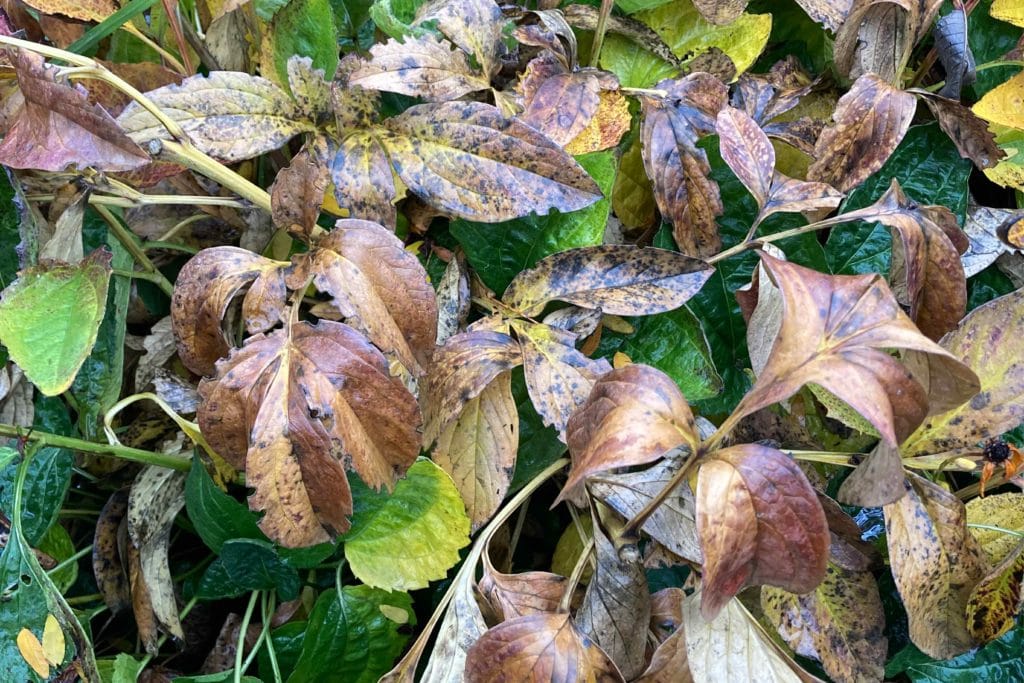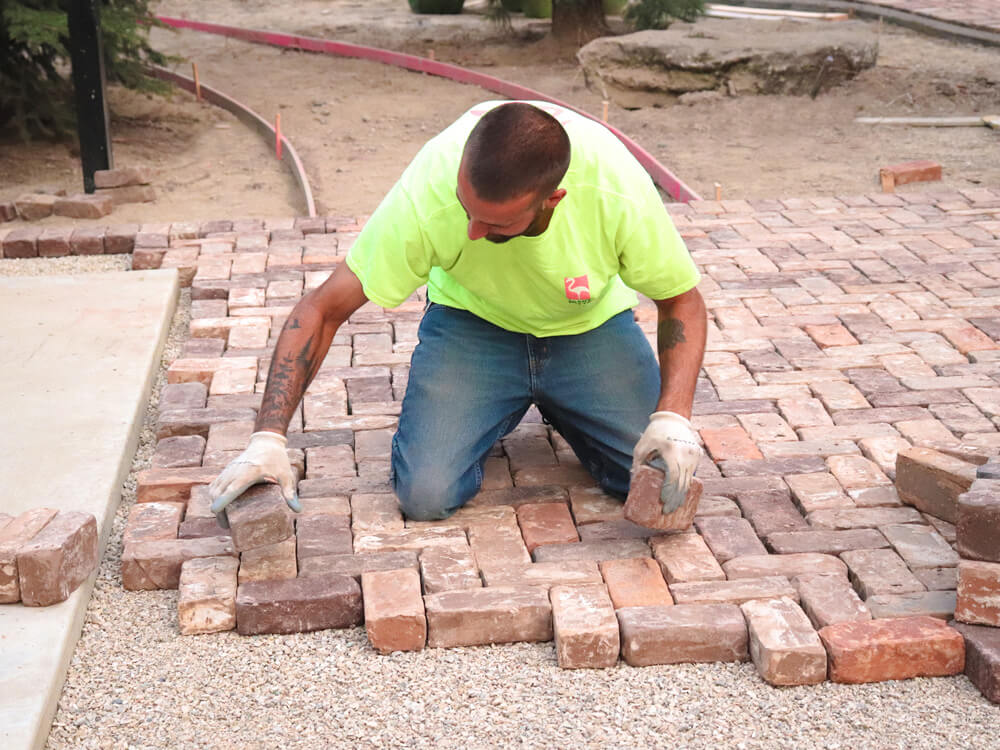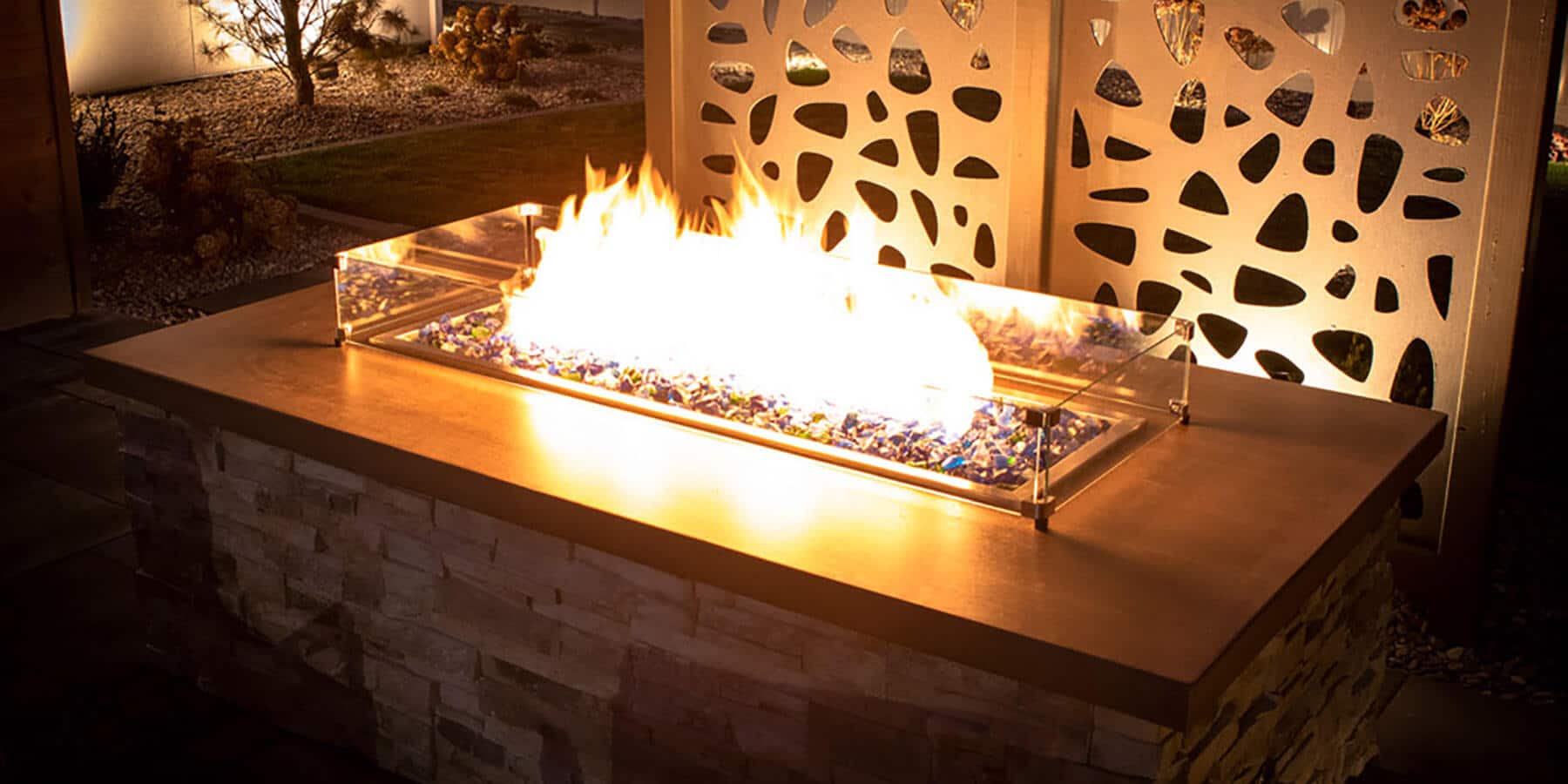By Toby Mancini
The beautiful colors of fall have finally arrived and are painting a kaleidoscope of color across the Treasure Valley. This seasonal display accompanied by cooler nights and shorter days indicates that winter is growing ever closer. While this year’s gardens were beautiful and productive, it’s been a long hot one and the cooler weather and shorter days bring rest and transition that is so very welcome.
There can be a lot to consider when putting your garden beds to bed for the winter. At times, it may feel like there is more to do than one can get done in the relatively short fall season we have in the Treasure Valley. Don’t be overwhelmed; there are a few things that should be done, and many, many others that can wait till spring.
Whether you’ve been working your beds for years or are new to gardening, the following tips will help close the gardening season and set up a successful one in 2022.
Keep Things Clean
During this time, the most important activities are centered around cleaning things up. Putting our gardens and landscapes to bed for the winter in a clean and tidy condition contributes to a healthy, vibrant garden in the spring. Start with cutting back certain perennials and cleaning up any leaves from diseased plants. A good example would be with garden Peonies; if you have these, they should be cut back to the soil level and all leaf debris should be disposed of, not composted.

While Roses are more characteristic of shrubs, they too benefit from light pruning in the fall, and thorough leaf clean-up to prevent perpetuating any disease present into the upcoming season. A more thorough and complete pruning should be done on these plants in the early spring after the danger of the coldest weather has passed. For more in-depth guidance on roses see our blog post here.
Other areas that benefit from thorough clean-up include any annual edible gardens. All growth should be removed and composted if disease-free. Any fallen fruit should also be composted or disposed of to prevent sprouting in the spring or perpetuating insect/disease problems.
Manage Fallen Leaves
Falling leaves are beautiful, and a truly magical ingredient to enriching the health and sustainability of our gardens. While they are a great asset, they can also cause some issues if not properly managed. They benefit our garden beds and vegetable gardens tremendously but can encourage disease in the turf when left to accumulate. The best way to handle fallen leaves is to mow them up during the fall months and either compost those clippings for use in recharging nutrients in the spring, or directly apply the shredded mixture to vegetable and landscape garden beds for extra benefit through the winter. While cleaning up the garden is important, there is a point where we can go too far. When tidying up for the winter, one should consider wildlife. Leaving certain perennials, grasses, and shrubs unpruned through the winter can provide valuable habitat and food sources for birds and other animals during an otherwise lean time for them.
Perennials like Echinacea, Black-Eyed- Susan, and many of the flowers of the aster family provide a nutritious seed source for our feathered friends. In fact, I have found that Goldfinch has accepted my black-eyed-susan (Rudbeckia ‘Goldstrum’) seed heads as a lovely alternative to their favorite black niger thistle. In addition, leaving most perennials unpruned through the winter not only adds to small animal habitat but can also help protect the crowns of these plants from getting damaged or rotted from winter snow and rains.

Prune Shrubs
To effectively prune shrubs now, we must understand how they flower. There are many bushes that flower on last season’s growth and if we prune them now, we’ll be removing those buds and end up disappointed in spring. Lilac, Forsythia, Ninebark, and some varieties of hydrangea bloom on “old wood” and would be impacted as previously described. While caution is valued here, there are many shrubs that are not impacted because they bloom on “new wood”, the current season’s growth, or have flowers of less importance. Some examples include roses and panicle hydrangeas. Much like some of our perennials, bushes with berries can also provide an important food source to foraging wildlife through the winter and should be left unpruned.
Sharing your plants in this way will truly expand the joy and pleasure your garden provides. For more extensive information on pruning techniques and timing, jump over to our pruning blog published earlier this year.
Improve Tree Structure
Trees require little input in the fall. They have performed all summer long and have arrived at a time of senescence and rest. We simply need to enjoy them and employ the gardener’s gift they provide of an abundant, nutrient-rich carbon source for our gardens. As the season moves on, Winter and early spring provide tremendous opportunities to improve the structure, canopy cleaning of dead, diseased/dying, and poorly structured branches. This time of year is great for seeing these things clearly while deciduous trees are leafless. If you have fruiting trees, they too benefit from training at the same time of year. More detail and extended information can be found in our fruit tree blog from earlier this year.
Trim Lawn & Turf
As we make our way around the garden, there are just a couple more things that need our attention. Lawn or turf areas should be trimmed a little tighter than during the summer. This will help to prevent longer blades of grass from falling over and promoting disease under extended periods of snow (if we get any). Turfgrass should also be slowing its growth tremendously by this point and should not need cut as frequently.
Turfgrass benefits from final fertilization for the season while the soil is still relatively warm, and the grass remains active; this typically coincides with October in our area. It will store nutrients through the winter and “green up” more quickly in the spring. Turfgrass in our part of the world benefits from aeration at any time of the year. That said, Spring is the preferred time followed by fall. Sometimes summer aeration is very effective if you experience heavy, clay, compacted soil conditions. As a general rule, turf that sees regular traffic from a typical family benefits from an aeration every other year. If your turf sees heavy, frequent use or you have poor soil conditions, annual aeration is recommended.
As we wrap up another season in the garden, I submit that this time of year is not really the end of the gardening season, but rather the beginning of the next one. Complete the chores that need done and don’t fret those left undone. Gardens are of nature, and nature is resilient, despite our level of intervention.
Enjoy the journey and your efforts will be rewarded. Take time to observe, evaluate and apply lessons learned to changes and adjustments you’ll make in the season to come. Additionally, a simple blog doesn’t allow for the opportunity to expand on the many nuanced aspects of gardens or more specific questions you may have, so please come pay us a visit in the Garden Center and chat with one of our experts to help you achieve the success you seek in your own slice of Eden. We are here to help and look forward to seeing you soon!
Toby shares his experience from more than thirty years in the green industry. He holds a bachelor’s degree in Ornamental Horticulture, an ISA certified arborist credential and is a passionate gardener and plantsman. He has been with us at Franz Witte for the past six years and enjoys sharing his knowledge with our team and customers alike; he currently serves our organization as Operations Manager.
Let Franz Witte guide the way. We are here to help you with all of your garden, landscape, and maintenance endeavors. Contact or visit us today for free expertise.


